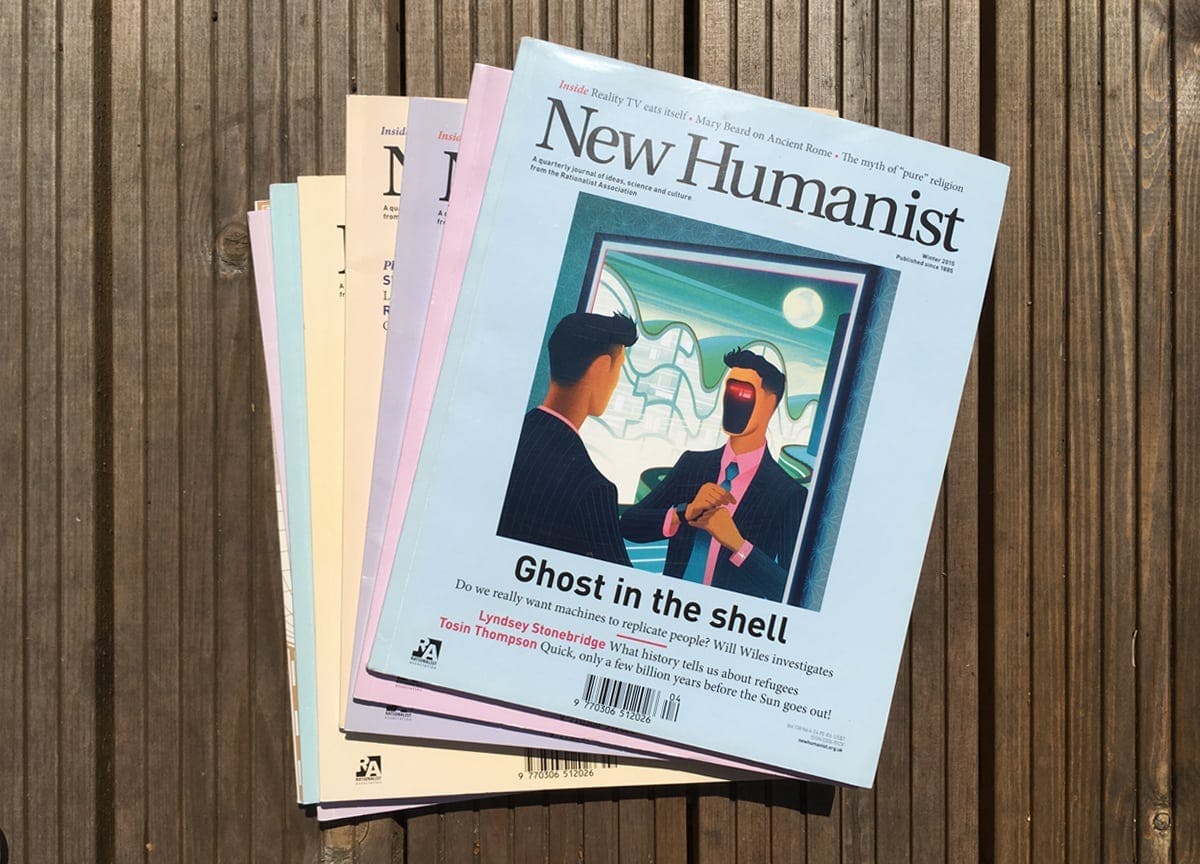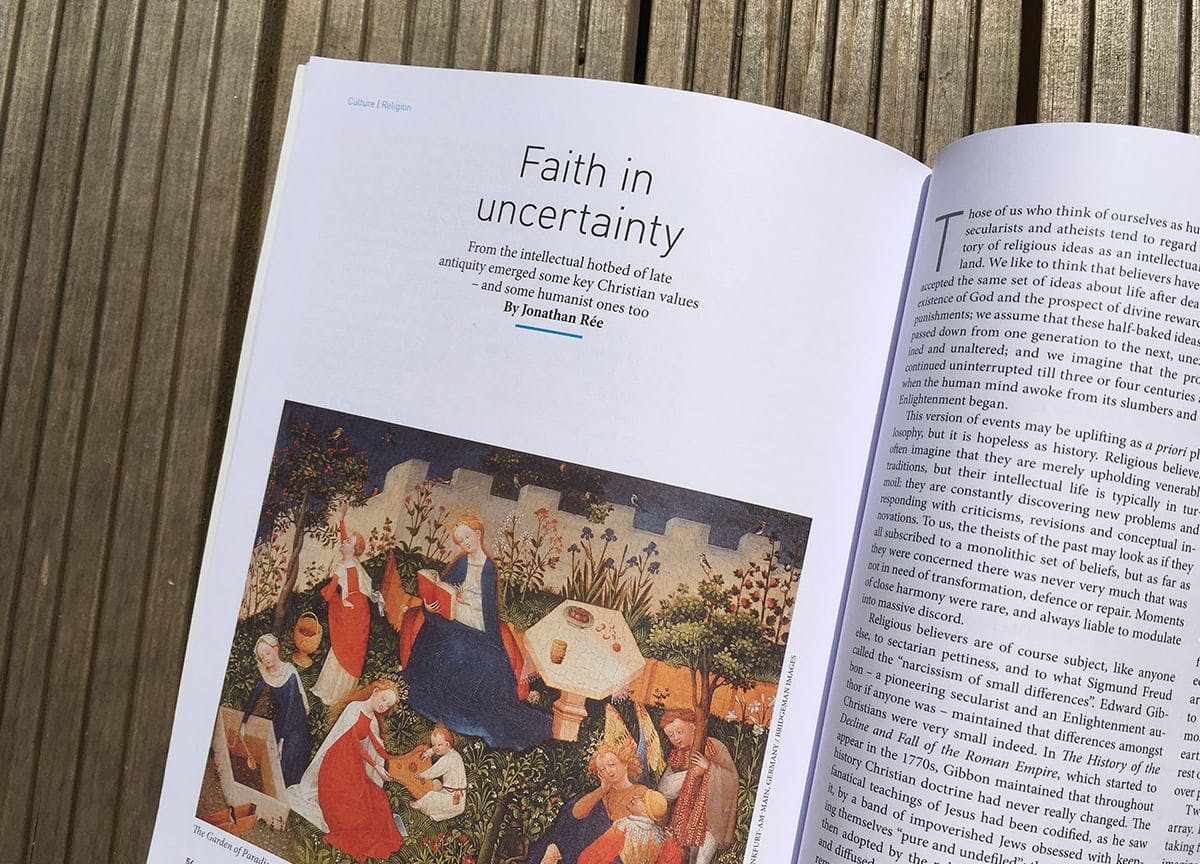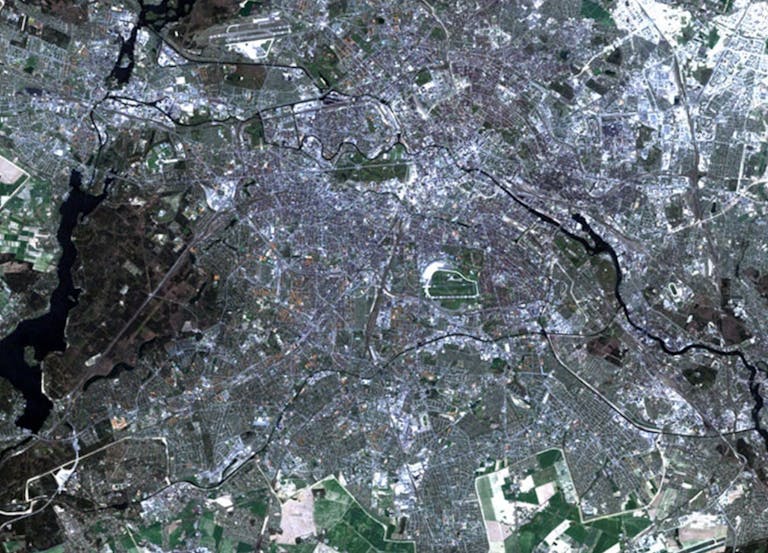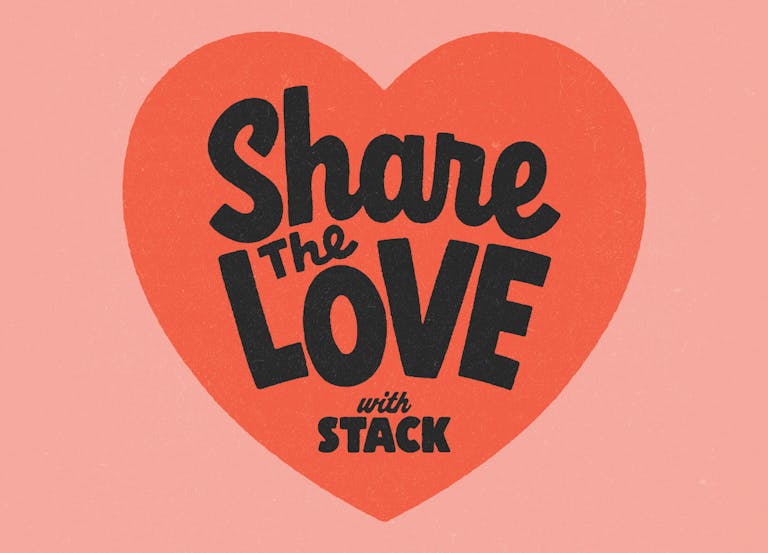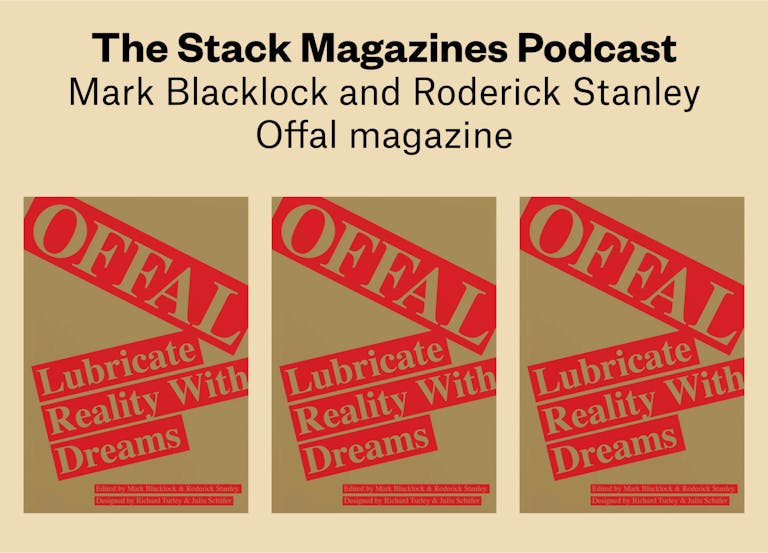Behind the scenes at New Humanist magazine
I remember being introduced to Reni Eddo-Lodge’s writing in a 2016 issue of New Humanist magazine, then picking up her book, Why I’m No Longer Talking to White People About Race, a year later. The quarterly title, published by the Rationalist Association, is always a source of new perspectives and different ways of thinking. Covering current affairs, culture and the arts, it champions rational inquiry and debate based on evidence, not belief. Ahead of their Summer 2018 issue, we speak to editor Daniel Trilling about what goes on behind the scenes at New Humanist.
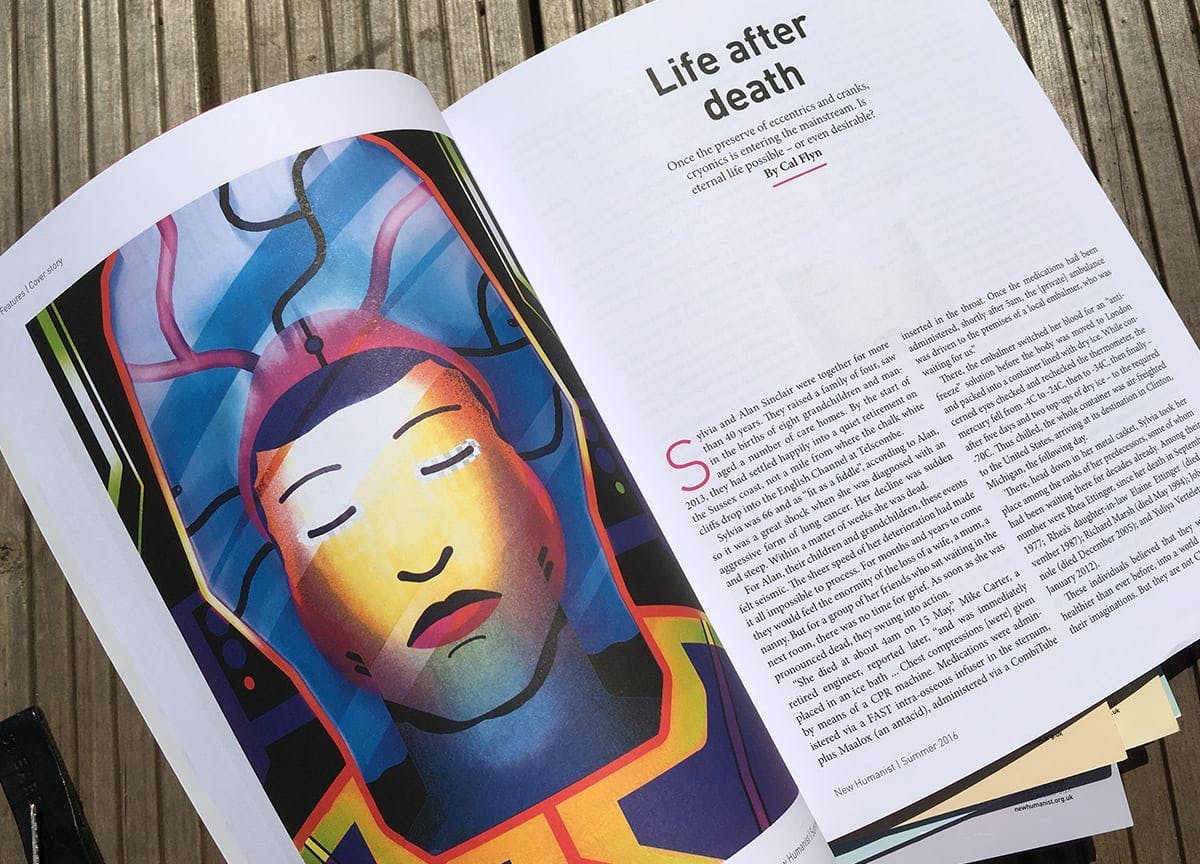
New Humanist magazine was started by the Rationalist Association, which was founded in 1885. Can you explain briefly what the charity does, and how you carry on its legacy with the magazine today?
The Rationalist Association promotes rational inquiry and debate based on evidence rather than belief. Its past members have included Einstein and Bertrand Russell, and it’s been publishing a periodical under one name or another since its foundation — which makes us one of the UK’s oldest continually-published magazines.
In its current incarnation New Humanist is a quarterly magazine of ideas, culture and science: our outlook is that you can understand and make judgements about the world around you without reference to spiritual or religious authority, but we show this by example rather than preaching to people. New Humanist is a magazine for anyone who wants to understand the big ideas, conflicts and systems shaping our world — climate, capitalism, technology, fundamentalism, struggles for rights and equality, how history and society shape our identities, and so on. We aim to create a beautiful print edition once every three months full of serious, intelligent essays and reportage that is accessible to the general reader.
Samira, the deputy editor, and yourself both worked at the New Statesman. Why did you want to edit your own publication?
Mainstream publishing can be quite obsessed with status and celebrity. We wanted to show that you can produce journalism that has an impact by focusing on good ideas and good writers, regardless of who they are. It’s also a lot of fun to have your own project!
What’s your day-to-day like working at New Humanist?
We’re a small team and we all work part time, so it varies depending on how close we are to publishing an issue. In a typical three-month cycle, we might spend a few weeks reading around and meeting writers to come up with ideas for pieces, then a few weeks planning out an issue — our designer Emily Foster plays a really important role here, particularly when it comes to our cover concepts — and starting work on the edits. Then, in the final weeks before publication we’re tied to the production line, getting pages laid out and finished off. A copy editor and proof-reader come in to help us get everything off to press on time. Somewhere among all that we try to find time to plan other projects — events, marketing, placing our pieces with larger outlets, such as the Guardian’s Long Reads.

What are some obstacles you come across as an independent publisher, and what makes it all worthwhile?
Aside from the obvious limits on time and resources, we’ve had to learn some of the business aspects of publishing as we go. We had a particularly steep learning curve last year when our newsstand distributor, Comag, collapsed and we had to rush to find a new distributor that both understood our project and could get us into the shops on time. We’re always looking for new ways we can get the magazine into people’s hands — that’s why networks like Stack, for instance, are so important — and because we lack the promotional resources of a larger organisation, we rely almost entirely on the quality of the product. Our view is that in an age where we’re bombarded with information, people want a thoughtful and reflective magazine that doesn’t talk down to them. At the moment, this approach seems to be paying off.
Tell us about a couple of features you’re particularly excited about in this new issue.
Our cover theme this issue is on human rights, which includes a series of dispatches from various struggles around the world. Rania Abouzeid on the war in Syria and Madeline Roache on gender violence in Russia are particularly urgent. We’ve also got an essay by Ha-Joon Chang on why economics and sci-fi have more in common than you might think, and some great pieces in our culture section on nature writing, political propaganda and the history of the wedding ring.

It’ll be coming up to five years since the magazine was relaunched, how does that feel?
We’re proud to have given a platform to new, emerging and established writers such as Reni Eddo-Lodge, Angela Saini, Kenan Malik, Jonathan Rée, Lola Okolosie, Ismail Einashe, Peter Salmon, Huw Lemmey, Rhian E Jones, Juliet Jacques and many others. Since we relaunched, our newsstand sales have increased by over 250 percent — and we’re particularly encouraged by the fact that every single issue has sold more than the previous one for almost two years now. Our subscriptions are growing now too, and we want to push this further in the next few years.
